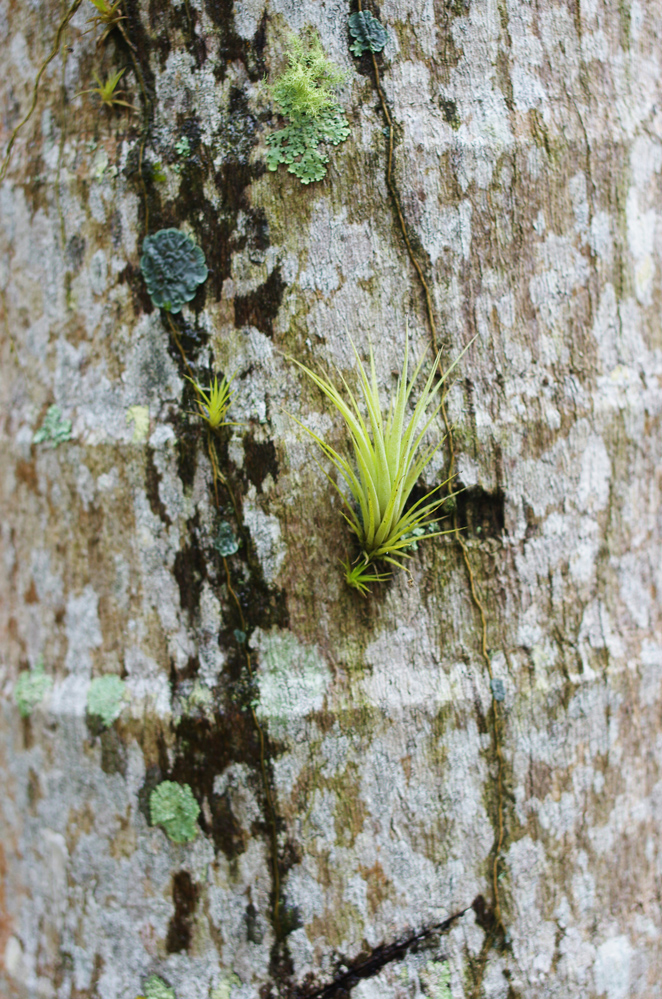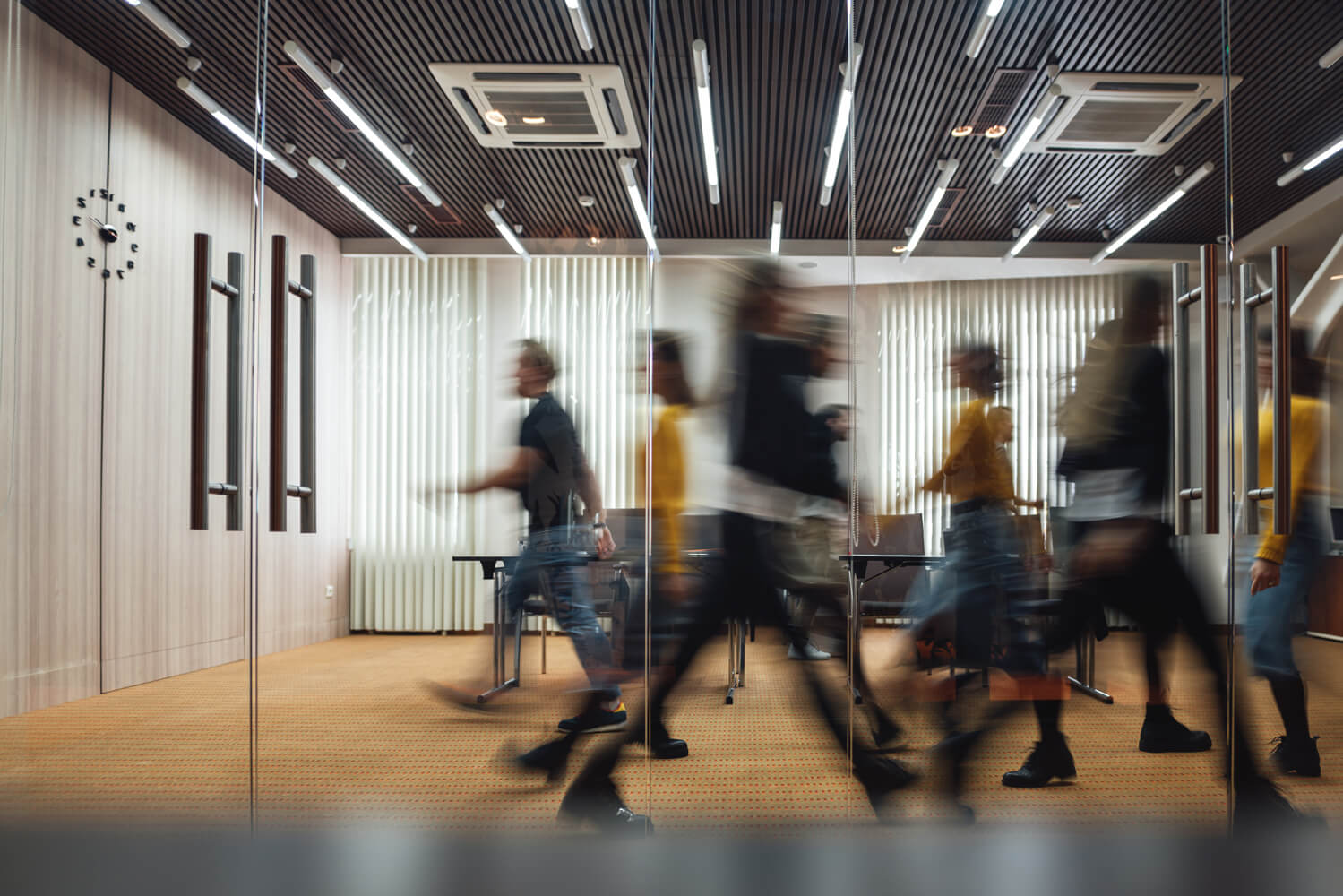Setting a New Standard for Existing Buildings


BranchPattern Omaha is the 1st LEED v5 O+M Platinum certified project in the U.S.
Sustainability and ESG are no longer just about designing green buildings—they’re about transforming the ones we already have. At BranchPattern, we believe that high-performance operations, resilience, and decarbonization should be the standard for existing buildings. That’s why we’re thrilled to share this historic milestone: our Omaha office is now the 1st LEED v5 O+M Platinum certified project in the U.S., the 3rd project in the world to achieve LEED v5 O+M Platinum certification, and the 3rd overall LEED v5 O+M project in the U.S. This recognition represents over 15 years of unwavering commitment to sustainable building operations. Our Omaha office first achieved LEED Platinum certification in 2010, and we’ve continuously pushed the boundaries of what’s possible ever since. Today, we are proud that our office continues to stand at the forefront of green building design and operations as a living case study for net-zero strategies, all-electric operations, and the future of performance-based sustainability.

Why LEED v5 O+M Matters for Existing Buildings
The built environment is one of the largest contributors to global carbon emissions, yet new construction accounts for only a fraction of the challenge. With 80% of the buildings that will exist in 2050 already built, we must rethink how we optimize existing spaces to reach a carbon-free future.
The Role of LEED v5 in Decarbonization
LEED v5 for Operations and Maintenance (O+M) is designed to accelerate this transformation, emphasizing real-time performance over static checklists. The latest version of the world’s most widely used green building certification program prioritizes:
- Decarbonization (50%) – Phasing out fossil fuels, enhancing efficiency, and transitioning to all-electric energy systems.
- Quality of Life (25%) – Elevating indoor environmental quality, resilience, and occupant well-being.
- Ecological Conservation & Restoration (25%) – Reducing environmental degradation and restoring ecosystems through strategic interventions.

BranchPattern Omaha: A Model for High-Performance Operations
Our Omaha office exemplifies how existing buildings can achieve ambitious sustainability goals. Here’s how we did it:
1. Electrification: Phasing Out Fossil Fuels
Eliminating on-site combustion is a top priority for the decarbonization of existing buildings. Luckily, our Omaha office has always operated entirely on electricity and purchased green power to prioritize reduction of operational emissions and demonstrating the feasibility of full electrification in commercial buildings.
2. Renewable Energy: On-Site Solar
In 2024, we installed an on-site solar array designed to target net zero energy (to replace an aged existing system that had reached the end of its useful life), ensuring our energy use actively contributes to the transition toward a carbon-free grid.
3. Continuous Energy Efficiency: Real-Time Tracking & ENERGY STAR Excellence
Since 2010, our office has maintained annual ENERGY STAR certification, consistently scoring above 90. Our approach includes:
- Geothermal heat pumps, energy recovery ventilator plus natural ventilation, and a well-insulated enclosure.
- Real-time energy tracking to optimize operations
- Energy audits & system upgrades to ensure long-term efficiency
4. Resilience in Action: Adapting to Challenges
Sustainability requires agility. Our team utilized the Climate Resilience Assessment with weather and climate change-based predictions to understand the future needs of our building and its people. This brought in conversations about updates to our pervious pavement system, changes to air balance to support the flexible workspace model, and an overhaul of our existing on-site solar system.
5. Health, Well-Being & Equity: A People-First Approach
A sustainable building prioritizes occupants. We’ve enhanced indoor air quality by optimizing our energy recovery ventilation system balance and filtration, improved daylight access, and enhanced wellness and health-supporting amenities. LEED v5 emphasized the people-first design approach, ensuring project teams discussed equity among user groups with varying needs.
6. Collaboration for Impact: Partnerships that Drive Change
Equity and community wellbeing are strongly emphasized in LEED v5, and achieving Platinum certification was a collective effort. All project stakeholders, including Omaha’s local community, were considered in determining site upgrades and external partnerships. Our team incorporated bird-proof glass to reduce bird collision. We partnered with the Arbor Day Foundation and Planet Impact Fund, reinforcing our commitment to environmental justice beyond the walls of our office. We worked with organizations like The Big Garden Omaha to support protection and responsible use of even the most local habitats.
7. Transportation: Electrification Beyond Buildings
This year also brought installation of a dedicated EV charging station for the building, demonstrating that decarbonization of other sectors can also be supported by our built environment.

Lessons Learned: What Building Owners Need to Know
Pioneering a beta certification always comes with unexpected challenges. We are proud to test out new systems and pass along the lessons learned to our clients and the industry. Here is a summary of some examples:
- Holistic Policy Shifts Are Required – LEED v5 introduced major prerequisite changes, necessitating broad organizational alignment.
- Building Operations Require Constant Oversight – Green cleaning, ventilation performance, refrigerant tracking, and system functionality were inconsistently maintained, highlighting the need for structured operations management.
- Data is Everything – LEED v5 places a heavy emphasis on real-time performance tracking but still needs refinement to recognize improvements mad during the performance period. For example, historical solar energy generation data wasn’t available as the system was installed as part of this project, so therefore wasn’t eligible to contribute to our certification (though it will in the future).
- System Functionality Must Be Verified Early – A malfunctioning ERV fan affected our IAQ testing results, reinforcing the need for pre-testing & continuous commissioning.
- Planning for Operations – Creation of ongoing policies and identifying individuals responsible for ongoing operations, whether green product purchasing, HVAC system maintenance recordkeeping, filter changes, employee surveys, and more, is critical to set projects up for success. These policies require collaboration between various individuals including the building Owner, HR, Purchasing, Facilities, Building Occupants, and more. Facilitation and consulting services to coordinate these with existing company policies and craft new language that meets LEED intent is truly an art and a science.
- Shift to Carbon-Focus: For years, existing building operational certifications have awarded energy, water, waste, transportation, and human experience. LEEDv5 shifts the focus to decarbonization through a prerequisite for Carbon Projection from Energy Use plus Decarbonization and Efficiency Plans.

Moving Forward: A Call to Action for the Industry
“We take our cues from nature, it tells us there are two modes in life, growth or decay. The status quo is not an option.” - BranchPattern Founder, Ravi Maniktala
As in nature – where every organism is continually adapting, growing, or slowly succumbing to decay – our buildings need to continually adapt and grow to avoid succumbing to decay and inefficiencies. BranchPattern’s Omaha Office project underscores the reality that ongoing implementation of sustainability is also an evolving practice. If we’re serious about a net-zero future, we must approach existing buildings with the same innovation and rigor as new construction, and shift the focus to ongoing accountability.
If you’re considering LEED v5 O+M certification, here’s our advice:
- Assess Building Operations & Maintenance Early – Keep maintenance logs, vendor contacts, and design documentation updated.
- Start with an Energy Audit – Understanding your baseline is essential to charting an improvement plan.
- Prioritize Electrification – Transitioning away from fossil fuels is non-negotiable for long-term decarbonization.
- Invest in Real-Time Monitoring – Continuous performance tracking ensures sustained impact.
At BranchPattern, we believe that the buildings we already have can—and must—be transformed into the high-performance spaces of the future.
If you're ready to make your existing buildings work for you, contact BranchPattern for expert-led guidance on improving your building’s performance with LEED v5 O+M. Let’s continue to make every building better.



View More Resources
Benefit from our expertise



